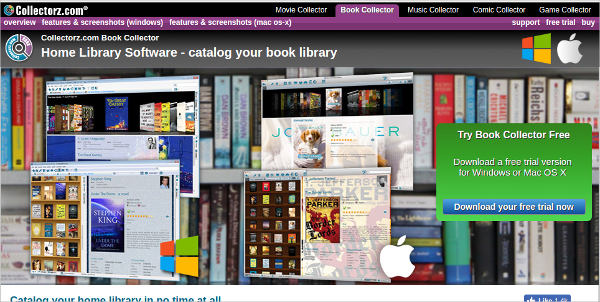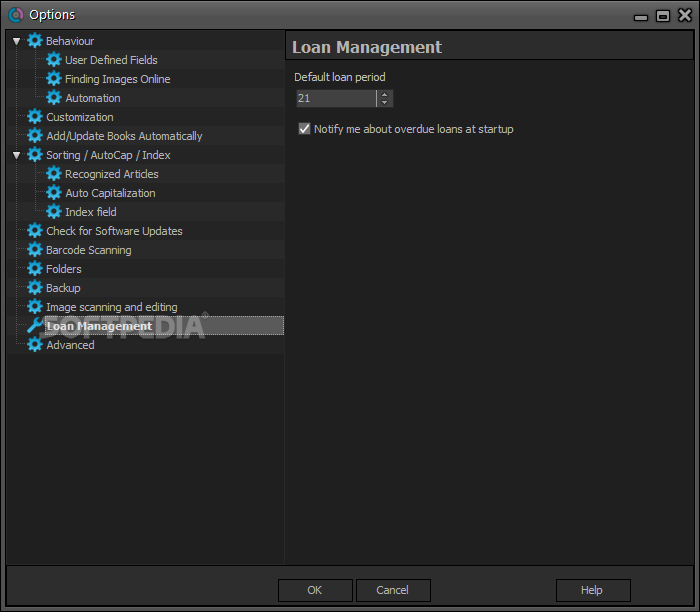

Similar to Easton Press, Franklin Press (aka Franklin Library) issues classic works in fine, leather bindings. Sometimes these are reprints of earlier works, but often are limited signed editions released in advance of the trade firsts of more recent works. Easton Press produces attractive, high quality leatherbound editions, often with gilt edges and gilt decorations on the boards. Accurate to a fault, the only easily discernible different was a statement on the copyright page (which was otherwise a facsimile itself) that indicated it was a reprint by FEL. First Edition Library produced exact, facsimile replicas of famous first editions from the 19th and 20th centuries and sold them originally by subscription. These were often signed by the author and/or illustrator and were true limited editions, in the sense that they contained a statement of limitation.

Limited Editions Club issued very handsome, well produced reprints of important works from 1929 through the mid-century. You can find alternate editions by using our advanced search and putting the author and title in the fields provided and adding the search terms highlighted below to the keywords field.
#Book collector guide full
While these later editions will almost never approach the full value and desirability of a first edition, many of them are actually much more visually and aesthetically appealing then the original first edition of a book and can be truly satisfying objects to have on your bookshelf. Other editionsĬonsider other editions of a book. A good rule of thumb is that a book in less than Very Good condition is rarely worth your time (remember, good isn’t good) and you might consider some of the other options mentioned in this article for plugging that hole in your collection. But, be careful of the slippery slope: while the price gets lesser as the condition falls from Fine, so does this book’s collectibility and appeal. For example, while a Fine/Fine copy of McCarthy’s Blood Meridian might fetch $4,000, if you were willing to make some sacrifices in condition, you might find a Very Good copy for $2,000 or less. As one of the three most important characteristics of what determines a book’s value (the other two are scarcity and demand), condition can be a big factor in the price tag.

Lesser conditionsĪs we’ve stated many times elsewhere, and as we’ll state again many times over: condition is everything. While it may lack the glamour of a true first, it is almost certain to be a lively addition to your bookshelf.

So, rather than a 1st printing of the Great Gatsby, which could set you back several thousands of dollars (even without the jacket over $100,000 in a jacket), you might be able to find a slightly later printing (also published in 1925 and nearly identical in appearance) without a jacket for a few hundred dollars. Often however, a book will have gone into several later printings, the chief characteristics of which largely mirror the first printing. The most collectible - and therefore, expensive - copy of a book is its first printing. With a few concessions, you can often fill that void in your collection with a copy or edition of a book that is as satisfying (or perhaps more so!) to own as the first printing - at a fraction of the price: Purchase later printings The trick, as with all things, is balance - and figuring out what is most important to you. We’ll cover a few tips in this article on how you can keep both your shelves and your belly full. Unfortunately, the high prices commanded by the upper echelons of collection often suggest that the pursuit of book collecting will leave nothing left over to eat.īut, there’s good news for those of us on a more modest bibliophilic budget: there are ways we can both enjoy the pursuit of book collecting and manage to leave a little something to put bread on the table.


 0 kommentar(er)
0 kommentar(er)
